Where did "The quick brown fox jumps over the lazy dog" come from?
This phrase commonly used by Fountain Pen / Pen Enthusiasts alike to test out a pen. But do you know the origins of this famous phrase and why it is used?
“The quick brown fox jumps over the lazy dog” is an English-language pangram—a sentence that contains all of the letters of the alphabet. It is commonly used for touch-typing practice, testing typewriters and computer keyboards, displaying examples of fonts, and other applications involving text where the use of all letters in the alphabet is desired. Owing to its brevity and coherence, it has become widely known.
History
 rown fox jumps over the lazy dog.'”[1] Dozens of other newspapers published the phrase over the next few months, all using the version of the sentence starting with “A” rather than “The”.[2]The earliest known use of the phrase in its modern form (starting with “The”) is from the 1888 book Illustrative Shorthand by Linda Bronson.[3]
rown fox jumps over the lazy dog.'”[1] Dozens of other newspapers published the phrase over the next few months, all using the version of the sentence starting with “A” rather than “The”.[2]The earliest known use of the phrase in its modern form (starting with “The”) is from the 1888 book Illustrative Shorthand by Linda Bronson.[3]
As the use of typewriters grew in the late 19th century, the phrase began appearing in typing lesson books as a practice sentence. Early examples include How to Become Expert in Typewriting: A Complete Instructor Designed Especially for the Remington Typewriter (1890),[4] and Typewriting Instructor and Stenographer’s Hand-book (1892). By the turn of the 20th century, the phrase had become widely known. On January 10, 1903, issue of Pitman’s Phonetic Journal, it is referred to as “the well known memorised typing line embracing all the letters of the alphabet”.[5] Robert Baden-Powell’s book Scouting for Boys (1908) uses the phrase as a practice sentence for signalling.[6]
The first message sent on the Moscow–Washington hotline on August 30, 1963, was the test phrase “THE QUICK BROWN FOX JUMPED OVER THE LAZY DOG’S BACK 1234567890”.[7] Later, during testing, the Russian translators sent a message asking their American counterparts “What does it mean when your people say ‘The quick brown fox jumped over the lazy dog?'”[8]
During the 20th century, technicians tested typewriters and teleprinters by typing the sentence.[9
Cultural references
Numerous passing references to the phrase have occurred in movies, television, books, video games, advertising, websites, and graphic arts.
The lipogrammatic novel Ella Minnow Pea by Mark Dunn is built entirely around the “Quick Brown Fox” pangram and its inventor. It depicts a fictional country of the South Carolina coast that idealises the pangram, chronicling the effects on literature and social structure as various letters are banned from daily use by government dictum.[11]


![[Appreciation Gifts 2023] KSG set - Double Pen SET - Parker IM Rollerball & Ballpoint Pen - [Various Colours] - KSGILLS.com | The Writing Instruments Expert](http://ksgills.com/cdn/shop/files/WhatsAppImage2023-08-19at3.14.43PM.jpg?v=1764419608&width=900)
![[Appreciation Gifts 2024] KSG set - Double Pen SET - Parker IM Rollerball & Ballpoint Pen - [Various Colours] - KSGILLS.com | The Writing Instruments Expert](http://ksgills.com/cdn/shop/files/ksgills-fathers-day-gift-set.png?v=1764419608&width=1000)
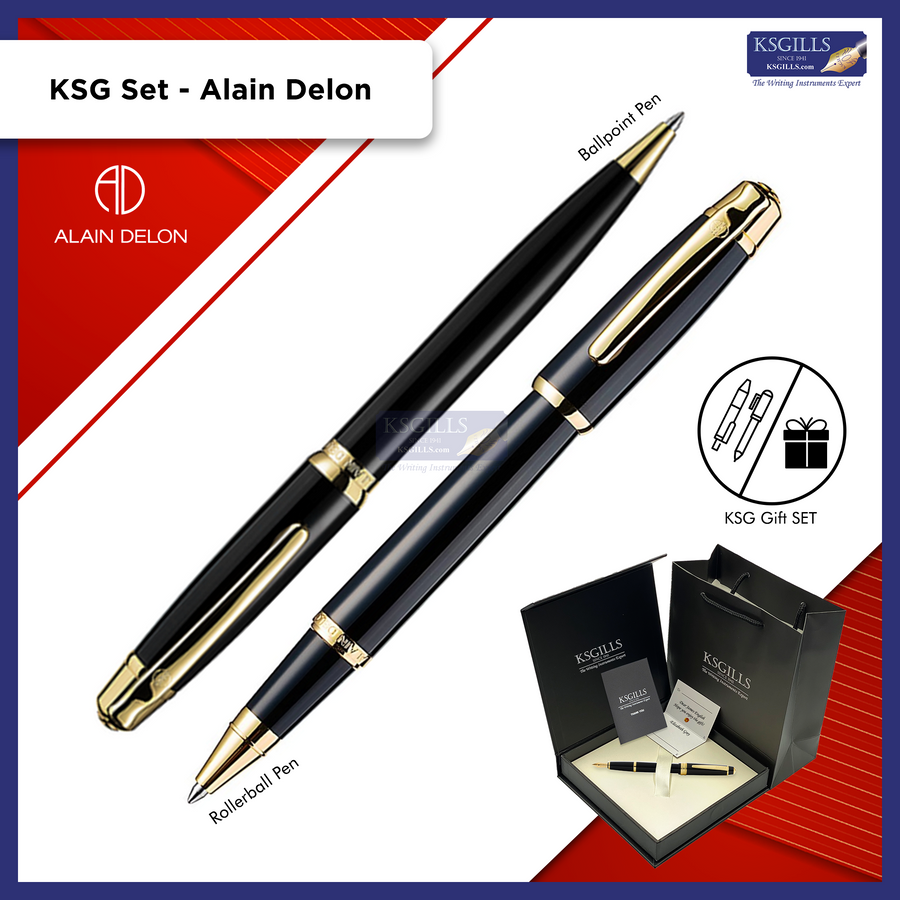


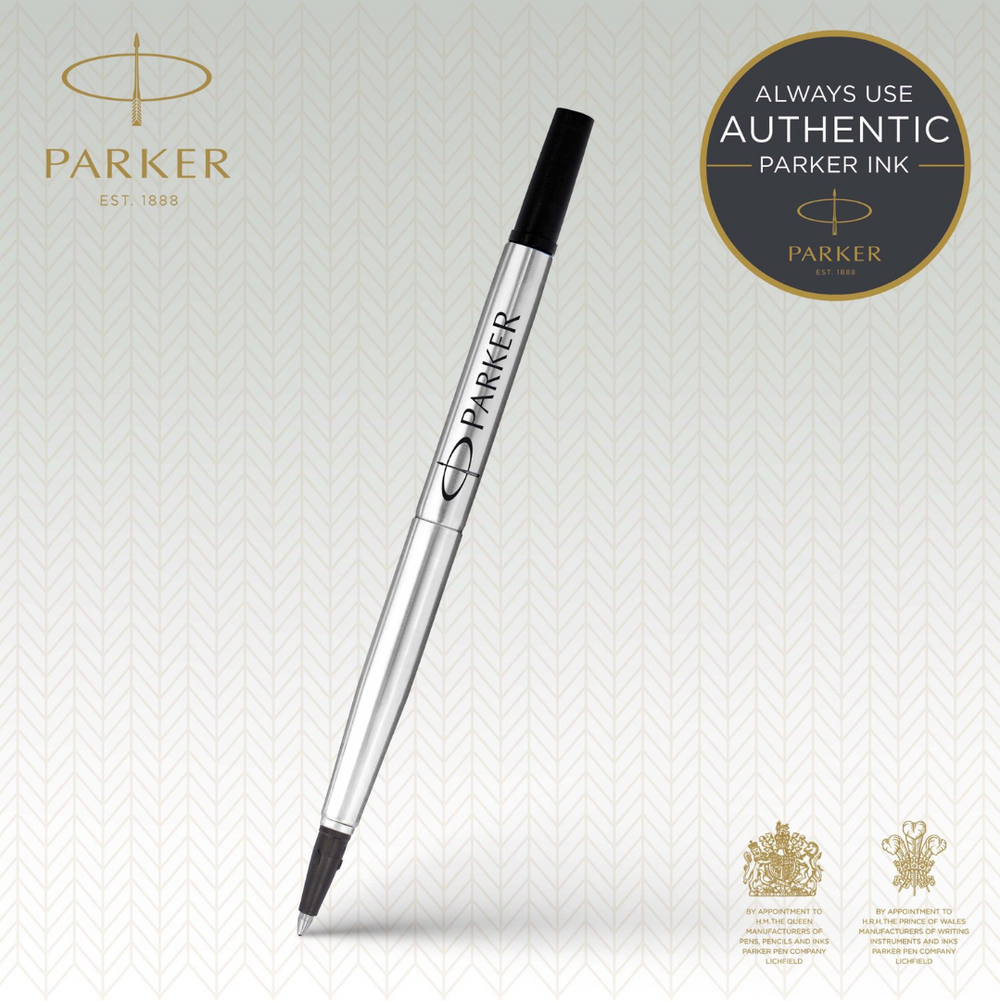
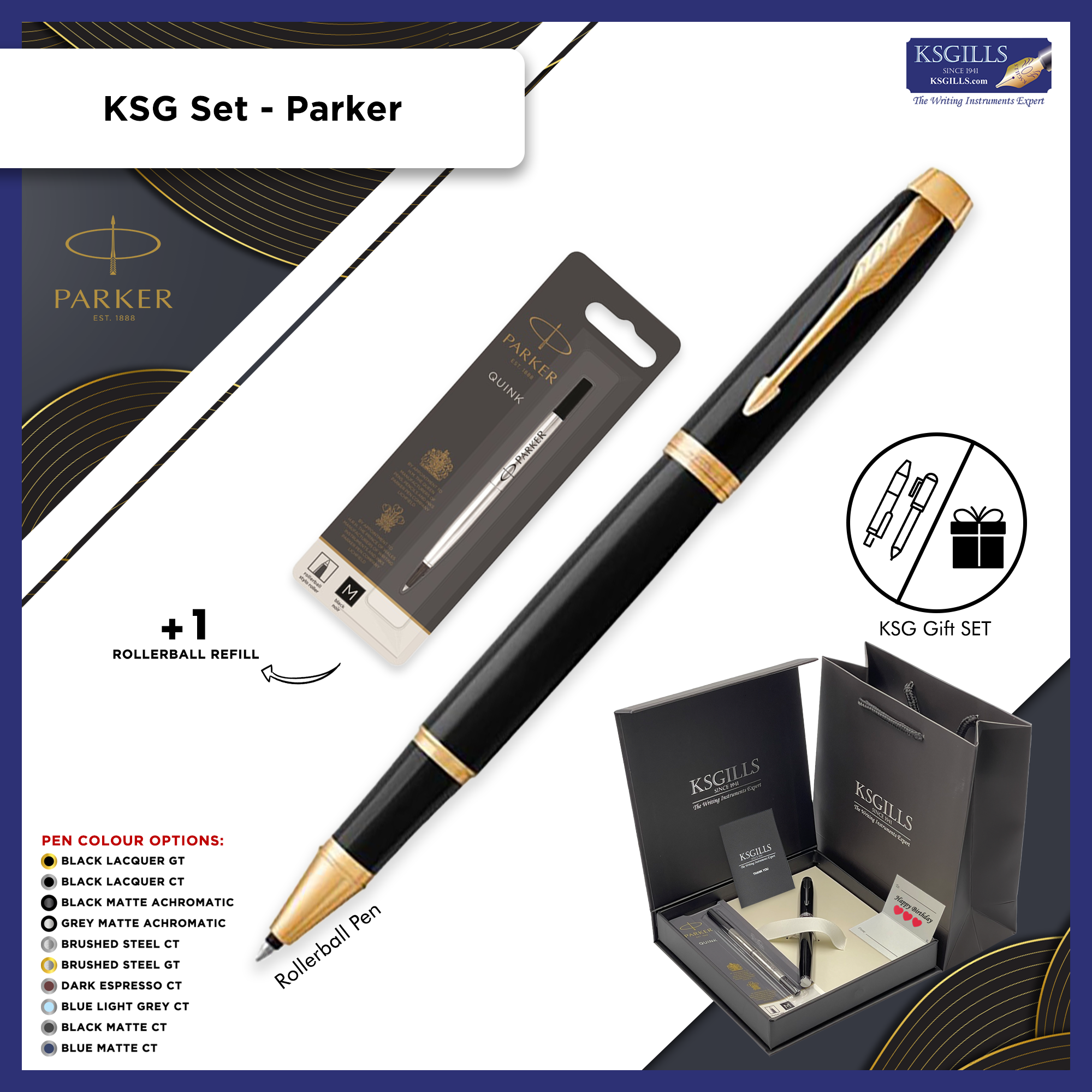
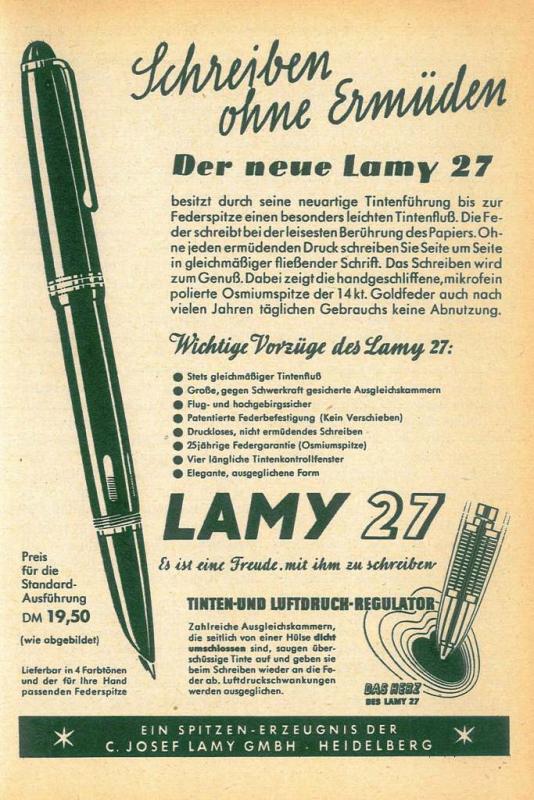
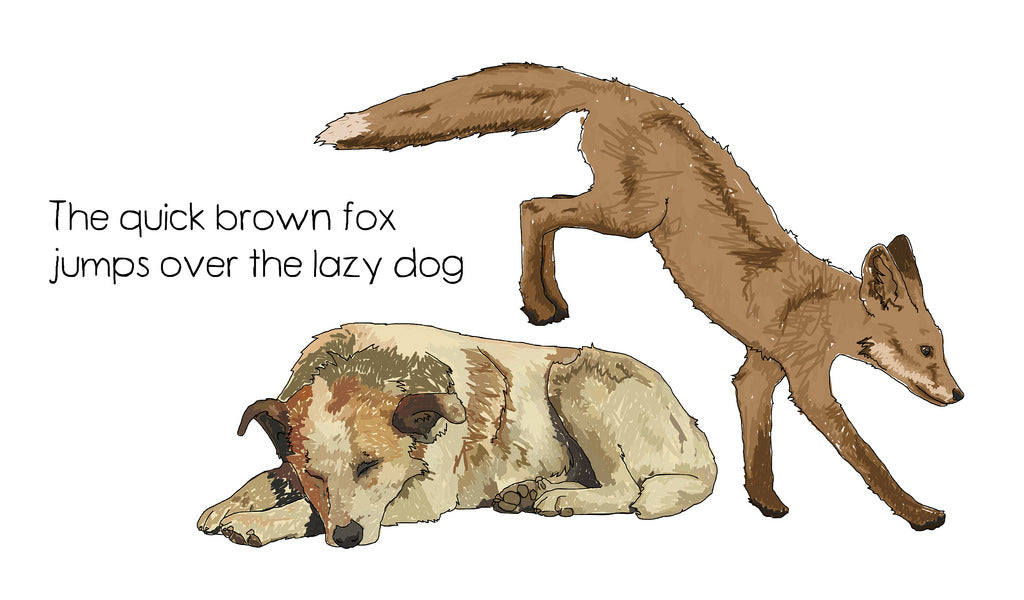
![KSG set - Double Pen SET - Parker IM Fountain & Ballpoint Pen - [Various Colours] - KSGILLS.com | The Writing Instruments Expert](http://ksgills.com/cdn/shop/products/THUMBAIL_KSGGiftSet-ParkerIM-BlackGold-FP_BP-Main.png?v=1659158551&width=900)
![KSG set - Double Pen SET - Parker IM Fountain & Ballpoint Pen - [Various Colours] - KSGILLS.com | The Writing Instruments Expert](http://ksgills.com/cdn/shop/products/BlackGold.png?v=1693741987&width=1000)
Leave a comment